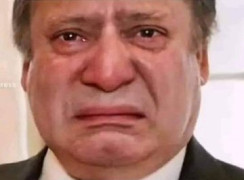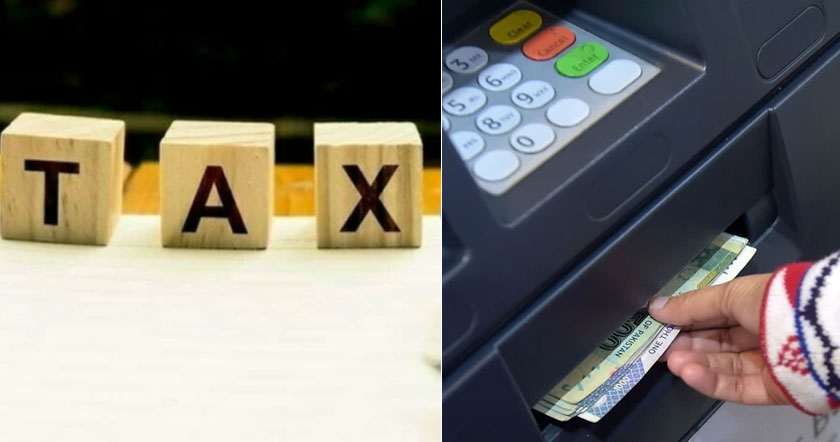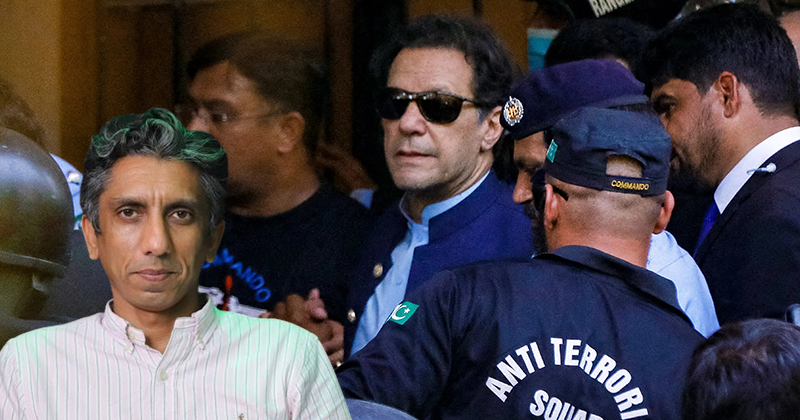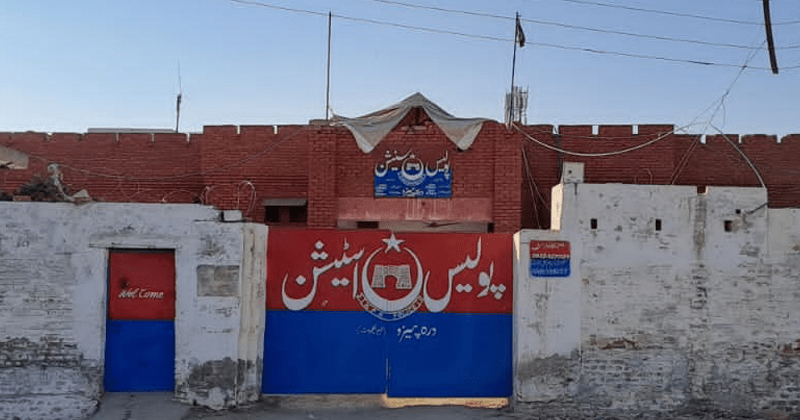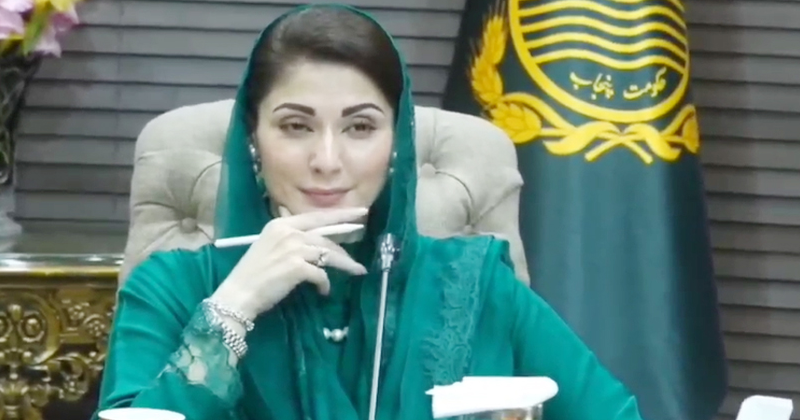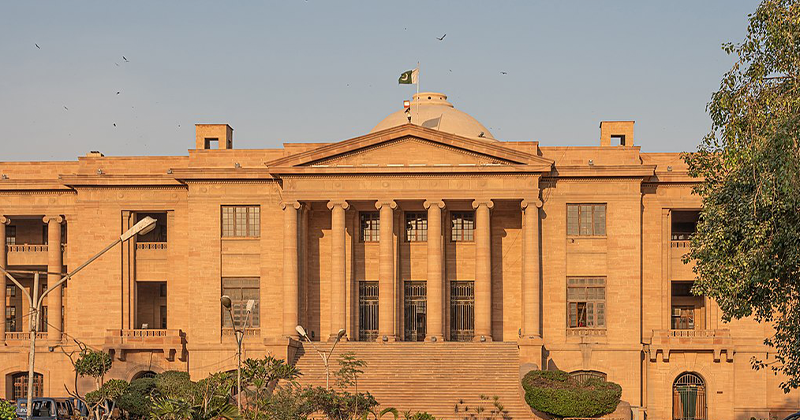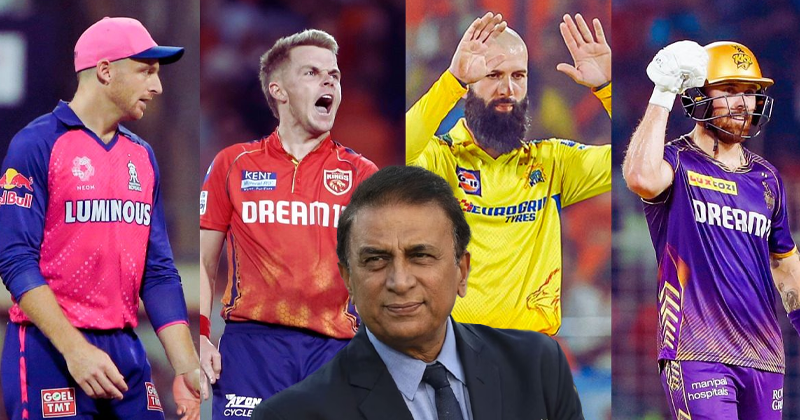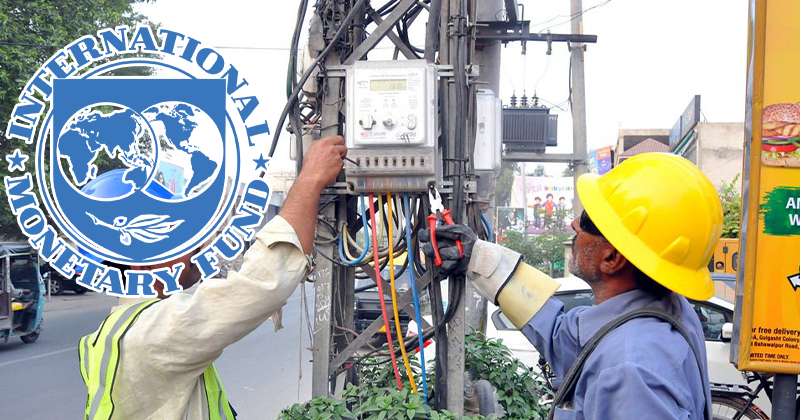Pakistan 3rd most dangerous place for women: survey
London, June 15: Female foeticide, infanticide and human trafficking make India the world's 4th most dangerous country for women, with Afghanistan's violence and poverty taking it to the top spot, followed by Congo due to horrific levels of rape, a Thomson Reuters Foundation expert poll said on Wednesday. Pakistan and Somalia ranked third and fifth, respectively, in the global survey of perceptions of threats ranging from domestic abuse and economic discrimination to female foeticide, genital mutilation and acid attacks.
"Ongoing conflict, NATO airstrikes and cultural practices combined make Afghanistan a very dangerous place for women," said Antonella Notari, head of Women Change Makers, a group that supports women social entrepreneurs around the world. "In addition, women who do attempt to speak out or take on public roles that challenge ingrained gender stereotypes of what's acceptable for women to do or not, such as working as policewomen or news broadcasters, are often intimidated or killed."
The poll by TrustLaw (
www.trust.org/trustlaw), a legal news service run by Thomson Reuters Foundation, marked the launch of its new TrustLaw Women section, a global hub of news and information on women's legal rights. TrustLaw asked 213 gender experts from five continents to rank countries by overall perceptions of danger as well as by six risks.
The risks were health threats, sexual violence, non-sexual violence, cultural or religious factors, lack of access to resources and trafficking.
Some experts said the poll showed that subtle dangers such as discrimination that don't grab headlines are sometimes just as significant risks for women as bombs, bullets, stonings and systematic rape in conflict zones. "I think you have to look at all the dangers to women, all the risks women and girls face," said Elisabeth Roesch, who works on gender-based violence for the International Rescue Committee in Washington.
"If a woman can't access healthcare because her healthcare isn't prioritised, that can be a very dangerous situation as well."
Litany of perils
Afghanistan emerged as the most dangerous country for women overall and worst in three of the six risk categories: health, non-sexual violence and lack of access to economic resources. Respondents cited sky-high maternal mortality rates, limited access to doctors and a near total lack of economic rights.
Afghan women have a one in 11 chance of dying in childbirth, according to UNICEF.
Democratic Republic of Congo (DRC), still reeling from a 1998-2003 war and accompanying humanitarian disaster that killed 5.4 million people, came second mainly due to staggering levels of sexual violence in the lawless east. More than 400,000 women are raped in the country each year, according to a recent study by US researchers.
The United Nations has called Congo the rape capital of the world. "Statistics from DRC are very revealing on this: ongoing war, use of rape as a weapon, recruitment of females as soldiers who are also used as sex slaves," said Clementina Cantoni, a Pakistan-based aid worker with ECHO, the European Commission's humanitarian aid department.
"The fact that the government is corrupt and that female rights are very low on the agenda means that there is little or no recourse to justice." Rights activists say militia groups and soldiers target all ages, including girls as young as three and elderly women. They are gang-raped, raped with bayonets and have guns shot into their vaginas.
Pakistan ranked third largely on the basis of cultural, tribal and religious practices harmful to women. These include acid attacks, child and forced marriage and punishment or retribution by stoning or other physical abuse. "Pakistan has some of the highest rates of dowry murder, so-called honour killings and early marriage," said Divya Bajpai, reproductive health advisor at the International HIV/AIDS Alliance.
Some 1,000 women and girls die in honour killings annually, according to Pakistan's Human Rights Commission.
Trafficking
India ranked fourth primarily due to female foeticide, infanticide and human trafficking. In 2009, India's then home secretary Madhukar Gupta estimated that 100 million people, mostly women and girls, were involved in trafficking in India that year.
"The practice is common but lucrative so it goes untouched by government and police," said Cristi Hegranes, founder of the Global Press institute, which trains women in developing countries to be journalists.
India's Central Bureau of Investigation estimated that in 2009 about 90% of trafficking took place within the country and that there were some 3 million prostitutes, of which about 40% were children.
In addition to sex slavery, other forms of trafficking include forced labour and forced marriage, according to a US State Department report on trafficking in 2010. The report also found slow progress in criminal prosecutions of traffickers.
Up to 50 million girls are thought to be "missing" over the past century due to female infanticide and foeticide, the UN Population Fund says. Some experts said the world's largest democracy was relatively forthcoming about describing its problems, possibly casting it in a darker light than if other countries were equally transparent about trafficking.
Somalia ranked fifth due to a catalogue of dangers including high maternal mortality, rape and female genital mutilation, along with limited access to education, healthcare and economic resources.
"I'm completely surprised because I thought Somalia would be first on the list, not fifth," Somali women's minister Maryan Qasim told TrustLaw. "The most dangerous thing a woman in Somalia can do is to become pregnant. When a woman becomes pregnant her life is 50-50 because there is no antenatal care at all. There are no hospitals, no healthcare, no nothing."
"Add to that the rape cases that happen on a daily basis, the female genital mutilation that is being done to every single girl in Somalia. Add to that the famine and the drought. Add to that the fighting (which means) you can die any minute, any day."
Poll respondents included aid professionals, academics, health workers, policymakers, journalists and development specialists. Poll respondents included aid professionals, academics, health workers, policymakers, journalists and development specialists.





